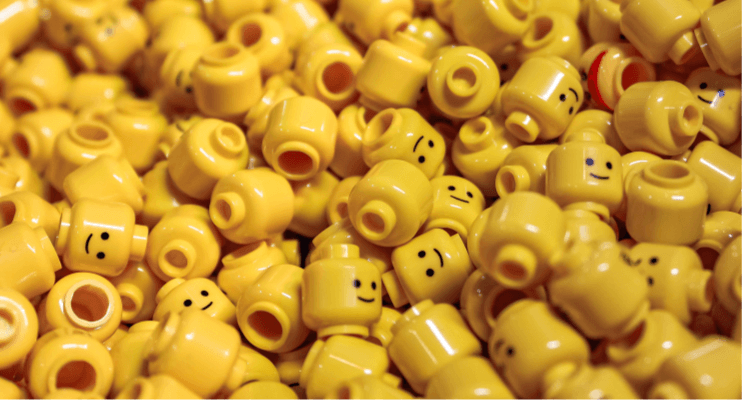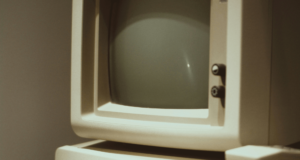What are Character Roles?
Character roles specify a character’s position in a story, outline their journey, and define how he/she progresses a storyline.
These roles are an important part of character building and can’t be avoided. When writing a story, it is important to know why you include the characters that you do. Because their existence is to contribute to communicating the story’s message.
There are 7 classic character roles in literature that are commonly used in almost every story. These characters often mirror the people we are, have been, have met, or want to be.
Some stories present more realistic characters and other stories present dramatized versions. With a clear role, a character can be whatever you want.
The Difference Between Character Roles & Character Archetypes
It is important to note that character roles are different from character archetypes. Though these two things often overlap they serve different purposes.
Character roles outline a character’s journey and evolution throughout a storyline. Whereas character archetypes specify traits and attributes that define the personality of a character.
Protagonist
The protagonist is the most common main character. The world of the story revolves around this main character.
The protagonist is your main character who wants something struggles to get it and has to fight for it. Whether they get it is up to a story’s ending.
They are the main vessels, living out your story’s message/storyline. They experience the most change and will connect with and speak to your readers the most. Because their experience is the reader’s window into what’s happening in a story.
Their journey, memories or testimonies are what your story is wrapped in.
Primary Purpose: Be the main character through whom the story’s message and journey is delivered.
Antagonist
The antagonist is often parallel to the protagonist. They embody the hurdle that hinders the protagonist from reaching their goal. But also challenged them to be the best version of themselves.
An antagonist can be the protagonist if a story is about self-destruction. But an antagonist is almost always a person other than the protagonist. They are often the evil villain.
The antagonist also serves as a vehicle for the story’s themes and messages. But they often depict the message’s dark, complex, and ugly side.
Primary Purpose: Get in the protagonist’s way and challenge them for what they want.
Deuteragonist
Think of the deuteragonist as the second most important character role.
They can be the best friend that is almost always around the protagonist or antagonist. They help feature different aspects of the protagonist’s life and character.
Primary Purpose: Be there for the protagonist and help them get to the end of their road.
Tertiary
Tertiary characters are like everyday background characters that fill up the world of the story. Like a cashier, customer service representative, teacher, dog walker, show performer, waiter, person in line, neighbor, mailman, doctor, cab driver, security guard, a friend of a friend, and so on.
Tertiary characters often participate in brief but meticulous scenes and interactions.
Like a kid who says something to the protagonist after he/she gets some candy that causes the protagonist to come to the realization that he/she hasn’t considered what their own child wants.
Primary Purpose: Fill up the story’s world and progress the storyline by playing very practical community roles.
Confidante
As is suggested in the name, the confidante character is the most trustworthy character(s) for the protagonist. Also known as the sidekick, this character role is easily a crowd and reader favorite. They support the protagonist in accomplishing their goal as if it were their own.
A deuteragonist can also be a confidante. And a confidante can also be the sidekick of the antagonist, aka the villain. In this case, where the confidante of the antagonist is more highlighted, the protagonist is usually a lone wolf or goes through temporary/seasonal confidantes.
Primary Purpose: Be loyal to the protagonist by supporting their mission and goal.
Love Interest
The love interest is the character that the protagonist has a romantic interest in. This kind of character has a pretty straightforward purpose. But can help the character reach their goals in numerous ways. The most common way is by being the solution to their character flaw, like medicine to their disease or a good to their bad. They can also be an ally, or distraction, or even come in between the protagonist and the deuteragonist/confidante’s relationship.
Primary Purpose: Be the protagonist type, the medicine to their disease, or their reason to fight.
Foil
The foil character is the exact opposite of the protagonist in almost all ways: like an opposite mirror. The foil can be an antagonist or a friend. And the Protagonist can love, hate, or be annoyed with them. So long as they bring the best out of the protagonists, essentially helping them reach their goal. The fact that the foil is an opposite mirror of the protagonists is not always something for the protagonist to immediately be aware of. Or be aware of it at all. But readers can more easily spot this.
Primary Purpose: Bring out the protagonist’s best qualities.
“First, find out what your hero wants, then just follow him.” — Ray Bradbury
There was a time when I mixed up character roles with character qualities and archetypes and couldn’t tell the difference. These character roles are great to read and enjoy in movies but knowing how to create them as a writer requires a bit more effort and brain juice.
When to Develop Your Characters
Character archetypes, and roles each have their set of things to follow when creating characters. And those ‘things’ can make it hard to execute character development and story development simultaneously. Some writers develop their characters 1st and others while the story is being written.
The best way to approach character development is by aligning it with your writing flow and style. Are you a planning, researching, spontaneous, or experimental writer?
Ideally, you want your characters to have sufficient development according to where you are in writing your story. Base your character development process on your writing flow and style. Incorporating character development this way ensures the most productive story development.
If you are a planner consider developing your characters before writing your story.
If you’re an experimental writer, explore what you like about your characters as you write. When you figure your character out, fully develop them, adding the necessary character traits and experience so that their role can effectively progress the storyline role.
If spontaneous writing is your cup of tea, establish the bones of your character’s role before you get deep into story writing. Then flesh out the rest as you go. Ideally, you want your characters to have sufficient development according to where you are in writing your story.
What is your favorite character from a piece of literature, and what character role do you think they play? And don’t just pick all the obvious protagonists.
Don’t just be a good writer, be a great one!
Until my next words (on here that is),
Christa








